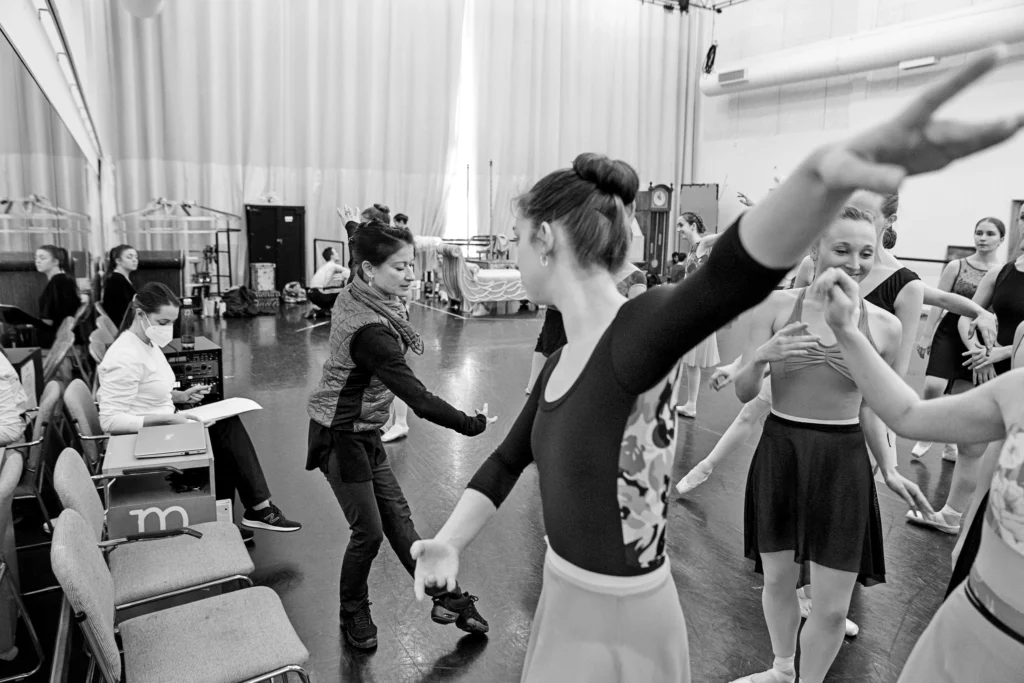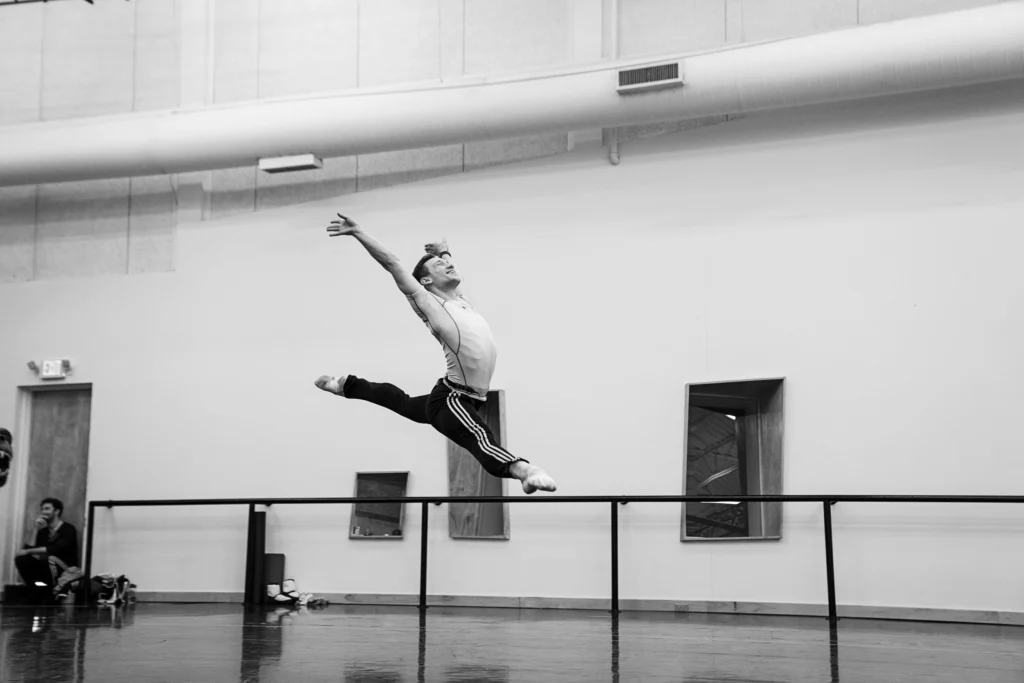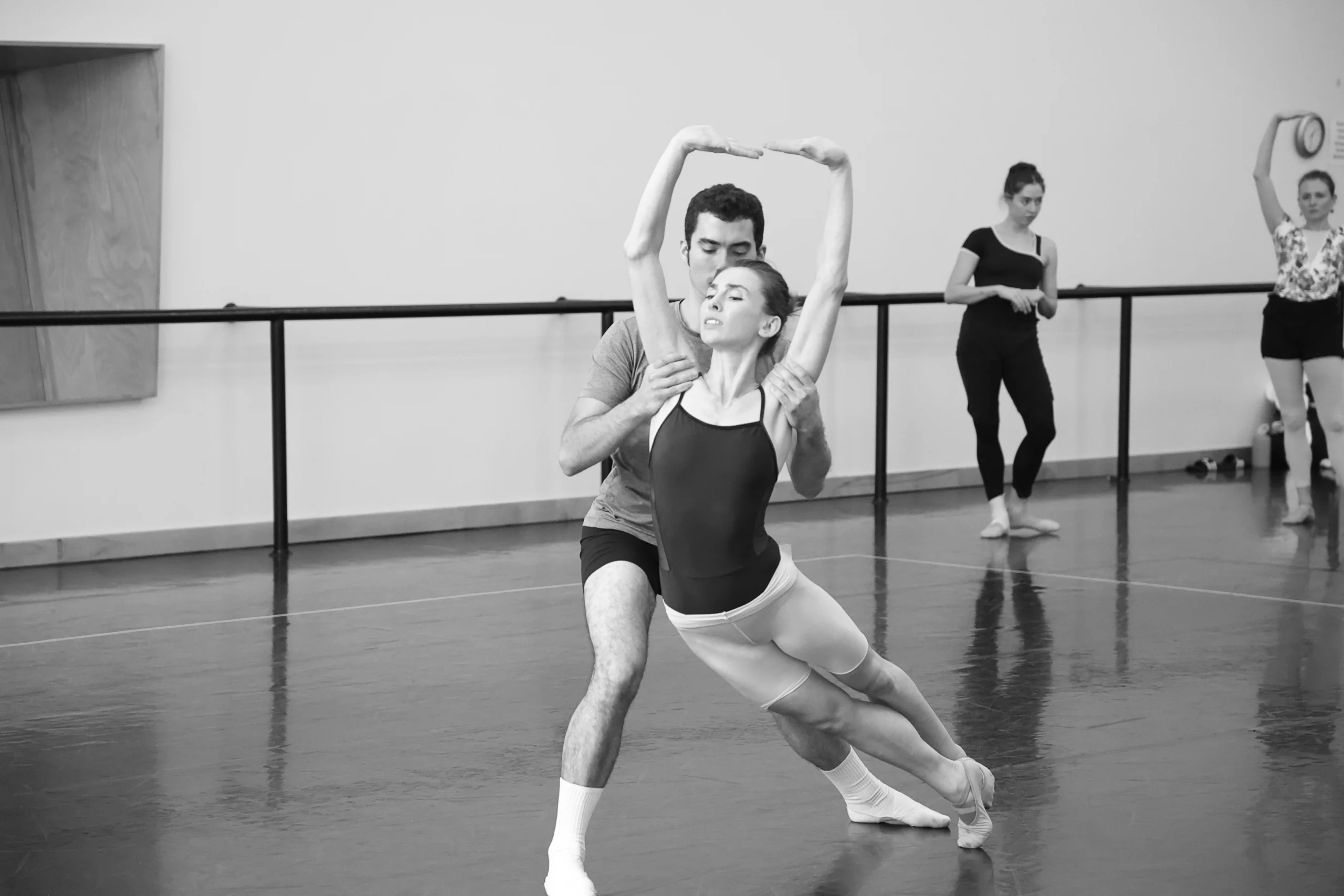Louisville Ballet’s Road to Post-Pandemic Recovery
Three and a half years after the COVID-19 pandemic brought the performing arts to a halt, the sector is still on somewhat unstable footing. Regional theater is in crisis across the country, and ticket sales and subscription numbers in the industry at large are hovering below pre-pandemic levels.
“Something we’re seeing sector-wide is: While there are certainly encouraging numbers and we’re seeing more people come back and we’re getting closer than we were a year or year and a half ago, it’s taking time,” says Eric Nelson, vice president of global partnerships at TRG Arts, a consulting firm focused on performing arts organizations.
Beyond COVID’s direct impact, other factors are affecting finances in the performing arts. Inflation is giving day-to-day operations a higher price tag. And according to Elizabeth Yntema, president and founder of Dance Data Project and part of the last full-year cohort of The Philanthropy Workshop, the donor landscape in the U.S. is shifting, with philanthropists prioritizing causes surrounding violence and disease prevention, poverty, and climate change over the arts.
Regional ballet companies are not immune to these stressors, and Louisville Ballet is one company that has been open about its experiences. “With arts organizations, often we live hand to mouth, particularly coming out of COVID [and with] the challenges that has presented,” says Louisville Ballet CEO Leslie Smart.
Like most companies, Louisville Ballet lost ticket revenue due to pandemic-related cancellations, plus an additional $250,000 when a winter storm forced it to cancel three sold-out performances of its Brown-Forman Nutcracker in 2022. The company was also quick to invest in digital-specific programming during the pandemic, which was expensive to produce.

“It was absolutely financially challenging, but the positive side of that was that it allowed the dancers to continue and be a part of creating art, which is their sustenance,” says Mikelle Bruzina, who was appointed co-artistic director along with Harald Uwe Kern in September following Robert Curran’s resignation earlier this summer. Kern adds that Louisville Ballet also made the decision to continue paying dancers during the lockdown, which, though admirable, added financial stress.
Is Ballet Bouncing Back Faster Than Other Art Forms?
Although many of the pressures facing Louisville Ballet are present across the performing arts sector, data suggest ballet might be faring better than other genres. While a recent report by Dance Data Project found a nearly 32 percent decrease in ballet company budgets in fiscal year 2021, a study published by TRG Arts comparing data from 2019 and 2022 suggests a significant rebound for ballet companies last year, finding an increase in both ticket and philanthropic revenue, as well as comparable attendance between years, though a 5 percent decline in number of gifts. As for more recent data, when comparing the finances of seven regional ballet companies during the first six months of 2023 to the same period in 2019, ticket sales are at 87 percent of pre-pandemic levels, with ticket revenue 5 percent below pre-pandemic levels, according to Nelson. Meanwhile, gifts are down 6 percent, and gifting revenue is down 12 percent.
“Costs are going up, and individual yield per patron isn’t as high as it was,” Nelson says. “There are companies who are not dealing with that, for a host of reasons, but I don’t think Louisville Ballet is isolated in their challenges facing that.”
Currently, Louisville Ballet is seeking a record $3.1 million in donations. According to Smart, the company has received an outpouring of support from the local community, including a $50,000 donation donation from rapper and Louisville native Jack Harlow. She adds that, so far this fiscal year (June 2023 – May 2024), the company has raised nearly $1.2 million, and finished last fiscal year “at a positive $3 million in fundraising.”
Going Hyperlocal
In addition, Louisville Ballet is utilizing a variety of cost-saving measures. The company has decided to forgo live accompaniment for this year’s Brown-Forman Nutcracker, and is hosting two of the season’s programs, including last week’s season opener, Distilled, at a smaller venue: the company’s studios. While this decision will certainly affect the bottom line, the Louisville Ballet team hopes the up-close and personal experience in the studio will forge a deeper connection between the company and the local community—which might also help attract new audiences and donors.

“That was a deliberate choice that we made to ensure that we were cutting costs but also creating unique opportunities,” Smart says, adding that Distilled, which sold out, featured a preshow bourbon tasting in collaboration with a local distillery, Heaven Hill Brands.
This hyperlocal approach—which also manifests through the Kentucky-specific programming of the company’s upcoming season, dubbed “Season of the Commonwealth”—might indeed help financially.
“One of the things that people love to feel is being seen and being communicated with in a way that shows that the ballet company knows who they are,” Nelson says. He adds that many companies striving to connect with local audiences have found success by making efforts to understand and speak to different viewer demographics, specifically among new patrons.
Yntema says that a local focus can also be beneficial because of ballet’s lack of national-level funders. “Dance is the most local of performing arts, in terms of funding,” she says. “There are almost no national funders for dance—maybe Ford Foundation, maybe Mellon. Many have sort of turned away from dance and are focused on different things.”
Going forward, Louisville Ballet also plans to produce classic and family-friendly ballets, employ in-house choreographic talent, and collaborate with local artists. Additionally, the company has made a 10-year, $1.4 million investment in its Ballet Bound program, a diversity initiative providing free ballet classes to local children, and is seeking a $3.9 million state appropriation to take Louisville Ballet on a Kentucky-wide tour, which Smart hopes will help build a stronger donor and patron base.
“Yes, it’s going to be tough for the first couple of years because of the finances,” Kern says. “When Balanchine started, there’s a reason why his ballets are in leotards and tights and a black backdrop, because that’s all they could afford when they started New York City Ballet. And those are classics today.”







